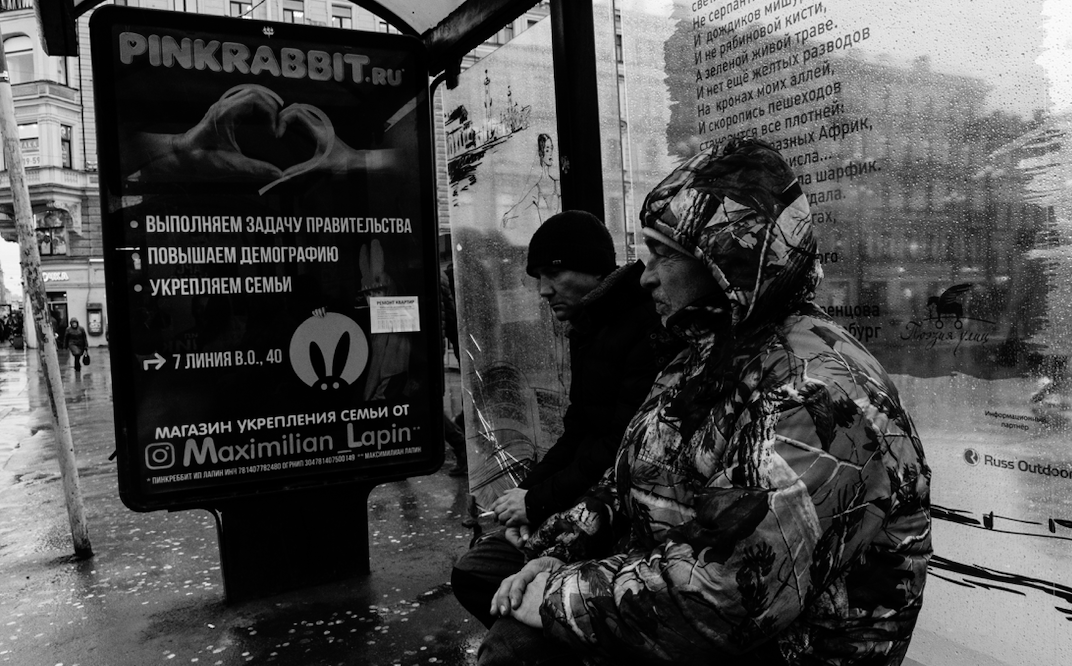#edgeforex #forextrading #forexsignals #forex #trading #inflation #bond #debt #yield #russia #sanctions #interest #cryptocurrency #bitcoin russia
Russian inflation reached 16.7 percent on an annual basis in March, but the central bank reduced its key interest rate from 20 percent to 17 percent earlier this month in an effort to mitigate the impact of economic sanctions.
As tough international sanctions threaten to bring the Russian economy to its knees, Russian central bankers must balance consumer stockpiling, supply shocks, and a predicted slowdown in spending.
The World Bank predicts that Russian GDP will contract by 11% this year, while the IMF forecasted an 8.5 percent contraction in 2022 and a further 2.3 percent contraction in 2023 on Tuesday.
Following Russia’s unprovoked invasion of Ukraine, the CBR more than doubled its main interest rate from 9.5 percent to 20 percent in late February, as the country’s ruble currency hit a record low amid a barrage of punitive international sanctions.
Despite monthly inflation reaching 7.61 percent in March, the highest rate since 1999, the central bank appears to be prioritising economic support during a transition period as western sanctions, including the freezing of nearly half of the CBR’s foreign currency reserves, begin to bite.
Nabiullina stated on Monday that the CBR will aim to return inflation to its 4 percent target by 2024, but the central bank governor also stated that the fallout from sanctions is beginning to spill over into the real economy.
Russian President Vladimir Putin stated on Monday that the government may need to increase budget spending to boost liquidity and stabilise the economy. • “Consumer spending continues to slow, and the services PMI in particular weakened significantly and more than the manufacturing one, quite plausibly because Western companies, which have at least temporarily pulled out of Russia, were more engaged in services rather than manufacturing.” According to port data, export activity appears to have increased in the second half of March.
In addition to a shrinking economy, Russia faces a major foreign debt default unless it can return to repaying bondholders in dollars, as agreed under the terms of its loans, by the end of a grace period on May 4, according to ratings agencies Moody’s and S&P.
According to Timothy Ash, senior emerging market sovereign strategist at Bluebay Asset Management, the World Bank’s projected 11 percent contraction would cost the Russian economy around $200 billion, but he believes this is only the beginning of the country’s economic woes.
“It will remain in foreign debt default for years to come, cut off from international capital markets, starved of investment, increasingly cut off from international trade and business – cut out of Western energy and commodity supply chains – suffering recession and stagnation, falling living standards, and increased capital flight and brain drain.”

